Siddhartha Gautama, known as the Buddha, was born in what is now modern Nepal. He lived the comfortable life of a young prince until one day he ventured out into the world and was confronted with the reality of the inevitable suffering of life. He left his kingdom to lead an ascetic life, submitting himself to rigorous ascetic practices for the next six years, refusing food and nearly starving himself to death.
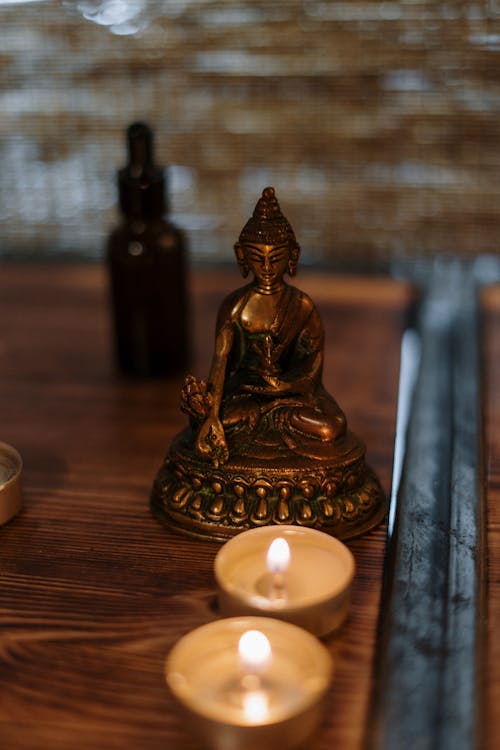
Realizing that physical austerities were not the means to achieve liberation, he soon turned to the Middle Path—a path of balance rather than extremism. He attained enlightenment, and for the remainder of his eighty years, the Buddha taught other sentient beings reach enlightenment.
In trying to conjure an image of the Buddha after hearing this story, one might picture a simple, contemplative man with a serene smile and, especially after his time as a starving ascetic, possibly slightly malnourished. Indeed, in India, Nepal and throughout Southeast Asia, Buddha is commonly depicted as tall, slender and serene. However, we are also familiar with the image of the “Fat Buddha”, “Laughing Buddha” or “The Happy Chinaman” – a short, well-fed, jolly man whose belly one can rub for good luck. This figure is popular in China and those areas to which Chinese cultural influence spread. Artwork of him from past to present shows him laughing gleefully – a stark contrast with the legendary Buddha. The Laughing Buddha is often conflated with the historical Buddha in spite of the distinct visual differences in their depictions, but they were different people.
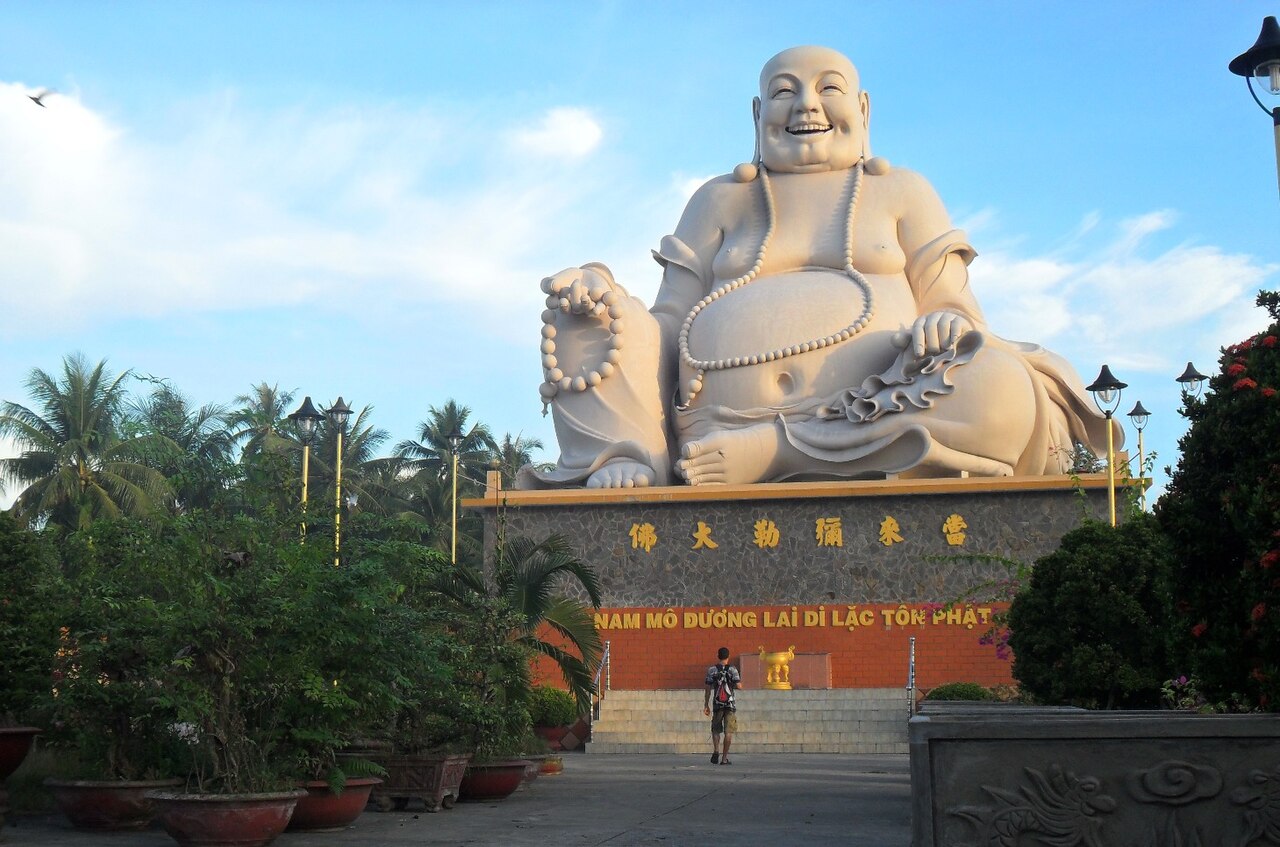
This figure is known as Budai, said to be based on an eccentric Chinese monk who lived in 10 CE, sixteen centuries after the life of Siddhartha Gautama. His life, or rather what little we know of his life, has become a popular subject in Chinese folklore, and his image is well-known as the representation of abundance and contentment.
The original stories of the Laughing Buddha centered on a monk named Ch’i-t’zu, or Qieci, who lived on Mount Siming in Mingzhou, Fenghua during the Later Liang Dynasty (907–923 CE), the first in the period of unrest called the Five Dynasties. The Five Dynasties is a period of time between the fall of the Tang Dynasty (907 CE) and the founding of the Song Dynasty (960 CE) when five would-be dynasties in Northern China followed one another in rapid succession.

The first of the five dynasties was the Later Liang Dynasty, which was established by the rebel leader Zhu Wen after he usurped the Tang throne in 907 CE. Zhu was murdered five years later and the Later Liang was overthrown by one of its generals, Zhuangzong, who established the Later Tang Dynasty in 923 CE. Zhuangzong and his successors ruled relatively well for 13 years until the dynasty fell when one of its generals, Gaozu, overthrew his master with the aid of the Khitan, a seminomadic people of Inner Asia. Gaozu established the Later Jin Dynasty which ruled for the next decade. The end of the Later Jin Dynasty gave way to the Later Han Dynasty which pushed the Khitan back into Inner Asia. But this regime lasted only four years before still another general usurped the throne, founding the Later Zhou Dynasty. Zhao Kuangyin, seized the throne, founding the more long-lived Song Dynasty, thus bringing the Five Dynasties period to an end.
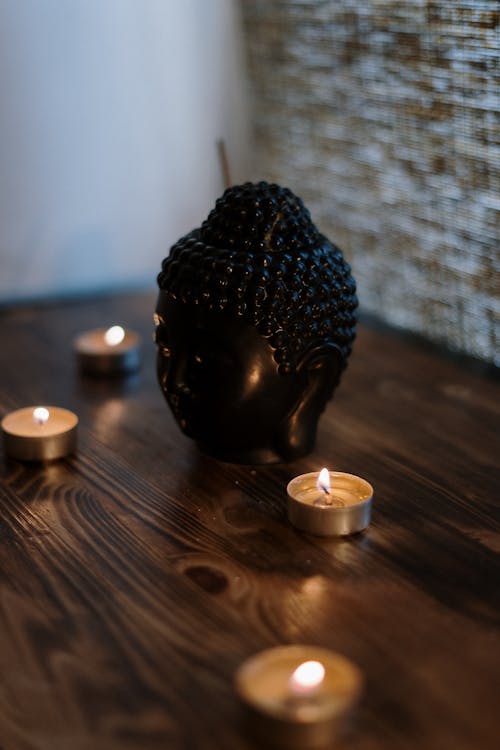
The political situation under the Five Dynasties may have been unstable, but cultural activities among the regular folks did not seem to be too greatly disrupted. It was during this period that printing by wooden blocks was fully developed, and the first complete printing of the Confucian Classics was completed in 953 CE. Landscape and flower paintings, until then distinctively Buddhist, became a branch of nonreligious painting during the Five Dynasties. Folktales also won favor as a literary genre at this time, and a liberating trend in prose freed writers to produce new forms of fiction such as tales of romance and adventure.
This was the time in which Budai lived in and gradually became a legend. He was born in an uncertain time, where people were in need of a happier folk figure than the realities they saw of the Five Dynasties. It is no wonder, then, that he became a legend. The fact that the visual arts and poetries, consequently stories relating to him, flourished and expanded beyond the Buddhist monasteries, even beyond China, only served to enhance his legend.
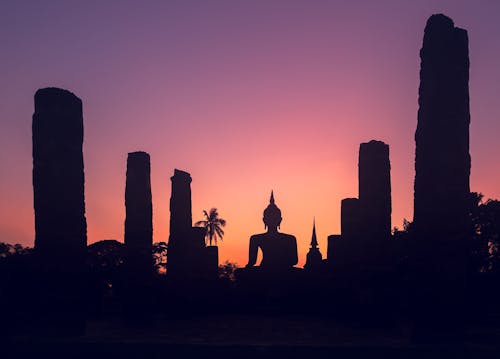
The biography of Ch’t-t’zu is found in the Song Gaosenzhuan, or the “Legends of High Priests of the Song Dynasty”, written in 960-1279 CE. The book includes the biographies of 531 figures, with an appendix of another 126 figures, from the Tang to the Five Dynasties and the early Song periods. The Song Gaosengzhuan is an important source for the history of Buddhism during the Tang period and adds information that is not included in the official dynastic histories.
Ch’i-t’zu was an eccentric but much-loved wandering Buddhist monk who carries a sack full of items he obtained from his travels as well as sweets which he would give to children he met in his journey. Ch’i-t’zu became so synonymous with his sack that he was nicknamed Budai, which means “cloth sack”. Budai’s air of enlightened innocence led him to be admired as an example of Zen, especially in the East Asian culture which highly values the concept of innocence and simplicity, and his overall image represents happiness, generosity and wealth. Due to his friendliness and generosity, he is considered a protector of children as well as of the poor and the weak.
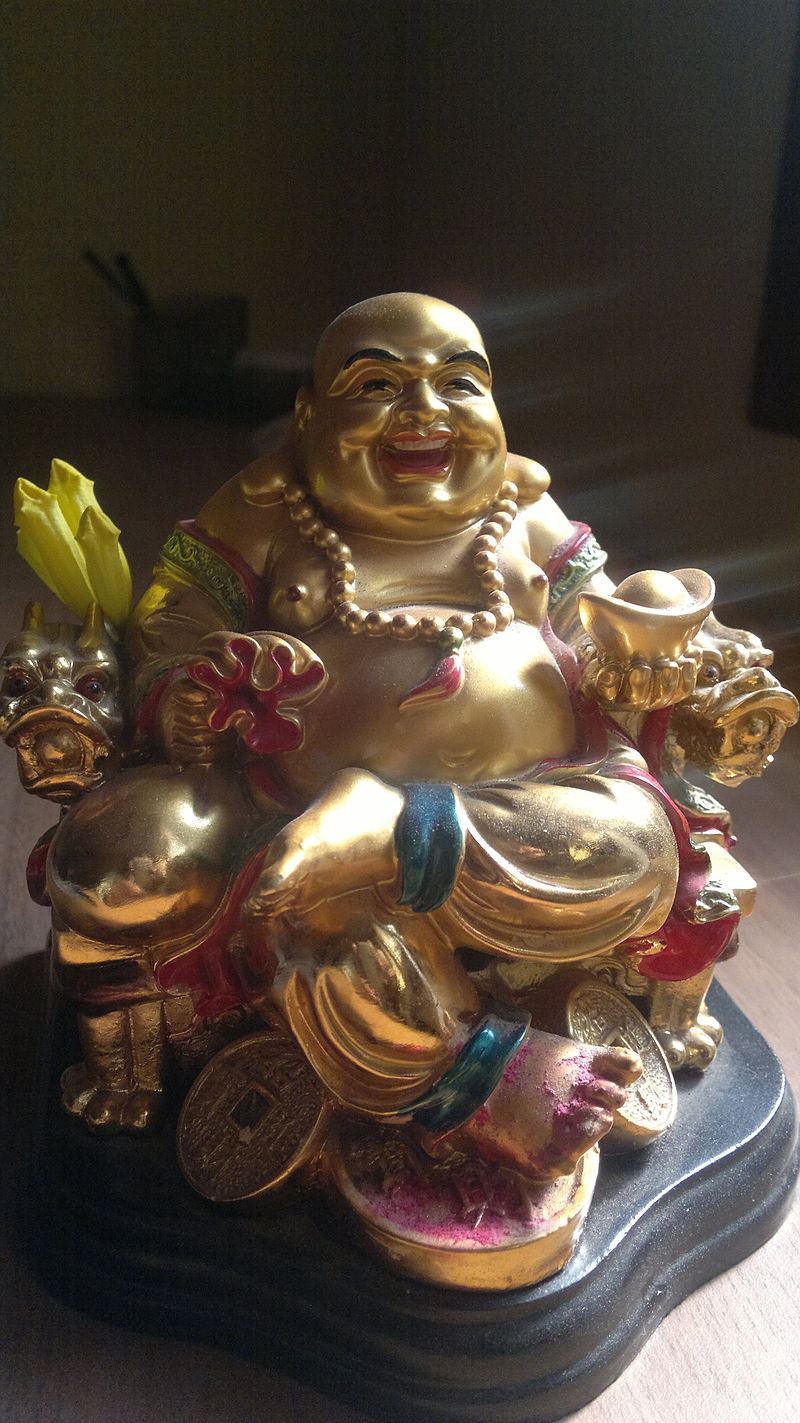
A stele, dated under the Jin dynasty (1115-1234 CE), describes Budai thus:
“Budai’s leather bag contains the world of the dharma. He strolls through heavens and hells.
He follows his destiny rubbing shoulders with butchers, wine sellers, and prostitutes.
Shouldering his staff he begs everywhere and receives what he needs. Pitying the people of his time he has not yet chosen to return from the darkness of this world to Tusita heaven. But stays in the midst of the confusion in the stalls, and the shouting of the market place.”

This is an interesting description for a Buddhist monk who would generally be required to stay away from eating meat, drinking wine and associating with prostitutes.
Budai’s image is that of an everyman. Although there are images of Budai sitting in meditation, albeit still laughing, he also enjoys the pleasures of secular life. In some paintings, he’s seen puffing on a pipe, flying a kite, riding a colt, playing kickball, and juggling. Budai is almost always shown carrying a sack, which never looks empty. There are many interpretations of what is in the sack, such as treasures, sweets, food, or the sadness of the world. Although originally he was said to have filled his bag with anything he encountered on his wanderings, later Zen interpretations speak of Budai’s “empty bag” – interpreting the bag as a Zen circle symbolizing enlightenment, non-duality, and emptiness. He is shown as a stout, laughing man in robes with a largely shown stomach, which shows happiness, good luck, and abundance.
Budai is also associated with the last panel of the Ten Ox-herding Pictures, ten images that represent stages of enlightenment in Ch’an (Zen) Buddhism. The story of the ox and oxherd is an old Taoist story, updated and modified by a twelfth century Chinese Buddhist monk Guoan Shiyuan by creating a series of ten images and accompanying verses to simultaneously depict and narrate this well-known tale. Guoan’s version subsequently became one of the most popular and enduring versions of the parable. In many versions, Budai is shown in the last panel, as an enlightened master who enters towns and marketplaces, sharing his enlightened existence with everyone around him.
The image of the smiling rotund man is the image is not only different from the serene, contemplative historical Buddha, it is also a fair distance away from the traditional Confucian sensibility familiar today which emphasizes restraint and rituals. The Chinese painter Liang Kai may be able to give us an answer to that.
Liang Kai (circa 1140-1210) was a Chinese painter known primarily for paintings that reflect his interest in Chan Buddhism. He was originally a painter in attendance at the imperial painting academy in Hangzhou during the Southern Song period. In 1210, he was promoted to the rank of Painter-in-Attendance at court and bestowed with the honored Golden Belt. According to legends, he refused and left the court with the belt hanging on the academy wall. Taking to a life of drinking and painting, he called himself Liang Fengzi, which means “Child of the Wind” or a vagabond. He is said to have become a Zen monk near Hangzhou province of China. A poem by the Zen master Jujian who died in 1246 CE mentions that Liang Kai used ink as sparingly as gold.
After he left the academy, Liang Kai became a Zen Buddhist priest in a temple near Hangzhou, and his later paintings, those that reflect his involvement with Buddhism, were of most interest. Because Zen paintings, particularly from the Southern Song, have not been popular with the Chinese collector of more restrained Confucian sensibility, most of the works that can be accepted as by Liang Kai are now in Japan, where they were much prized and imitated from the late fourteenth century onwards and were much in fashion at the court of the Ashikaga Shoguns throughout the fifteenth and sixteenth centuries which evidently were more accepting of Budai’s brand of unrestrained image of joy.
Budai followed the spread of Buddhism into other parts of Asia. In Japan, he is called Hotei. He is depicted generally as leaning on a large sack which contains endless treasures, holding a non-folding Chinese fan in his right hands called an oogi, said to be a “wish giving” fan, historically used by the aristocracy to indicate to their vassals that their requests would be granted.

In some of his representations in Japan, Hotei has an eye drawn on his back, a symbol of universal vision. It is no surprise, then, that Hotei also guards monastery libraries. In the Edo period painting Budai is also frequently pictured together with groups of playing children. He also became the subject of a plethora of Japanese versions range from works by Mokuan (c. 1345), Ogata Kourin (1658-1716) to numerous prints.
In Japanese popular culture, Budai’s bulging bag and contented appearance led to his inclusion in the Shichifukujin (the Seven Gods of Good Fortune). The Shichifukujin are an eclectic group of deities from Japan, India, and China. Today images of the seven appear with great frequency in Japan. In one popular Japanese tradition, they travel together on their treasure ship and visit human ports on New Year’s Eve to dispense happiness to believers. Children are told to place a picture of this ship (or of Baku, the nightmare eater) under their pillows on the New Year’s Eve; if they have a good dream that night, they will be lucky for the whole year. Each deity existed independently before Japan’s “creation” of the group. The origin of the group is unclear, although most scholars point to the Muromachi era (1392-1568) and the late 15th century. The group did not become standardized until the late 17th century.

In Chinese Buddhist temples, Budai’s statue is put in the front part of the entrance hall. Some statues show small children at his feet, romping and squealing in delight around his rotund shape, and others show a begging bowl; to show that he is a Buddhist monk. As he represents richness and happiness, Budai’s statues are often found in homes and businesses, especially in China and Japan. In Japan, the image of Hotei is often made to a toy for pulling or tilting. When it has wheels, the toy is called kuruma-sou (the rolling monk). In recent times, he is also referred to as the patron saint of restauranteurs and bartenders. When one overeats and overdrinks, one may sometimes jokingly attribute it to Hotei’s influence.

